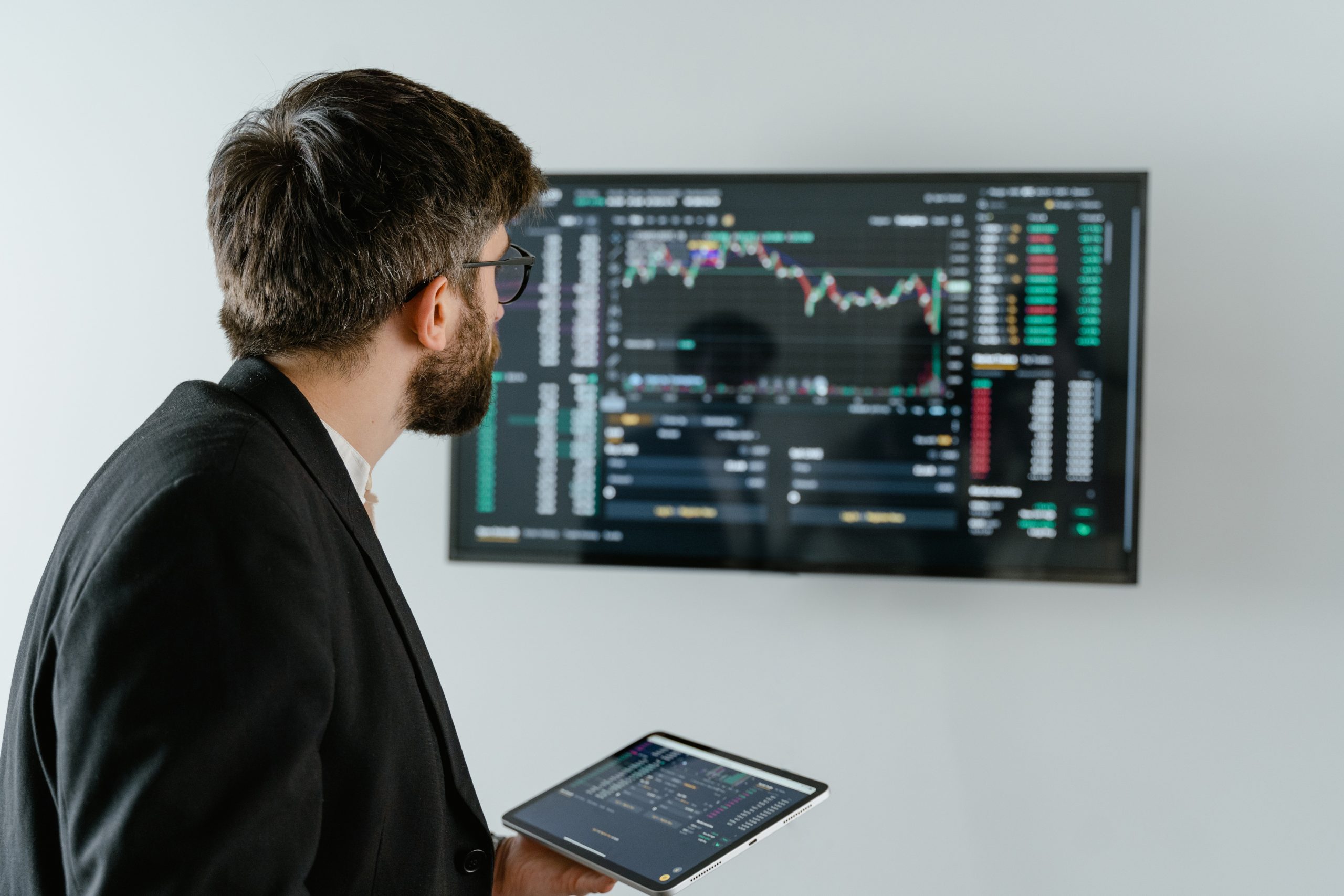
Four data trends to watch in 2023
8/12/2022
Our data expert, Paul Dettman has listed some concepts and techniques he expects to grow in profile throughout this year:
Natural Language Processing
McDonald’s is continuing to roll out its AI to take orders at their drive-through booths and this technology might finally reach the UK. It has been trialed in the US for over a year and the gentle roll-out suggests there have been challenges along the way, partly with complex menu combinations.
Another use for Natural Language Processing, as this technology is usually called, includes routing telephone calls to the right department in a call centre, in addition to automatically responding to more routine requests. You might have already seen this in use with your bank but only in a limited way, where you are encouraged to give simple, short answers. The next generation will be able to understand more conversational language, so you might not be aware it is being used behind the scenes.
Intelligent Automation
The self-driving car example is given too often, so let’s look at some more realistic uses for AI in automation. One area where technology does well is in monitoring dangerous confined environments such as warehouses, where cameras can be set up to spot people wandering out of safe zones, and other hazards such as obstacles. Reducing human error from such supervisory situations is happening now, already reducing accidents, and this trend will continue throughout this year.
Smart Farming
Many applications of technology such as Internet of Things (IoT) have been successful in making farming more efficient, whether it is helping farmers to apply the optimum amount of water and pesticide in the best places at the best time, or tracking the location of livestock, or key health indicators on animals to improve food chain security. These ideas will continue to move into the mainstream.
Image Processing
AI is getting more accurate and more efficient at understanding images and also in creating them. Research initiatives such as Google’s Imagen and Open AI’s DALL.E 2 can create realistic-looking images from supplied text, both of them building surprisingly complex and subtle images. Such tools represent an alternative to stock image libraries, or they can be used to create variations on existing images. Both have limitations but are expected to make strides forward in the coming months, and have added to the debate about whether AI-created art is really art.
If you would like to learn more about how emerging talent can support your data ambitions in 2023, please get in touch below.




